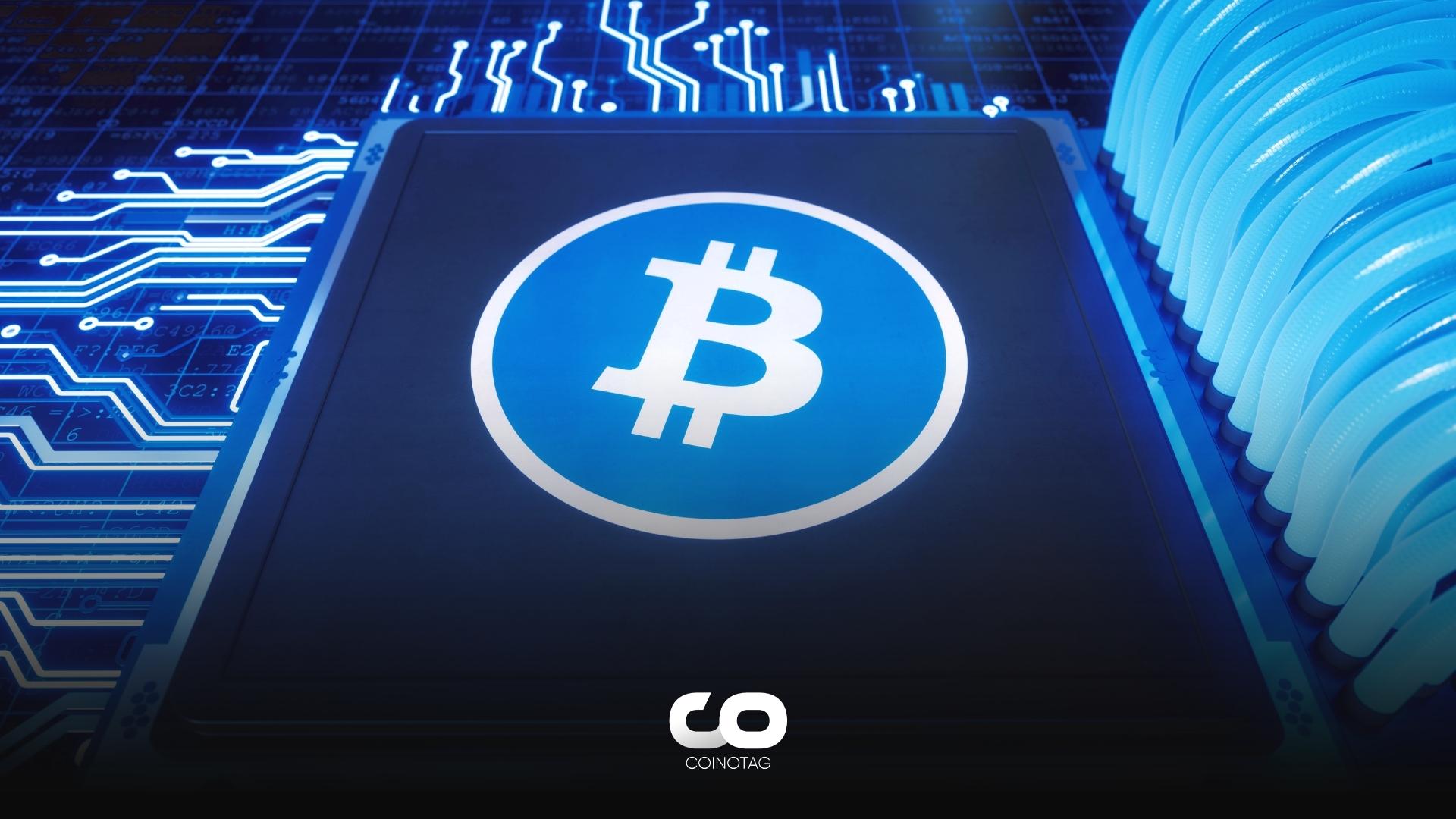- The Bitcoin Halving event is a recurring event that happens approximately every four years and reduces the newly minted Bitcoin per block by half.
- Bitcoin Halving events have had significant effects on the Bitcoin market, both in the short term and the long term.
- Previous Halvings have been associated with significant upward momentum in Bitcoin’s price. For example, during the 2012 Bitcoin Halving event, the price of Bitcoin surged from around $12 to $200 within a year.
The Bitcoin Halving event, which occurs approximately every four years, is less than a year away. How will the market be affected?
What is the Bitcoin Halving Event?

The Bitcoin Halving event is a recurring event that happens approximately every four years and reduces the newly minted Bitcoin per block by half. This process works as a mechanism encoded in the Bitcoin protocol to control the inflation rate of the leading cryptocurrency. By reducing block rewards, the Bitcoin Halving event ensures a limited supply of Bitcoin, turning it into a deflationary asset.
The first Bitcoin Halving event occurred in 2012, followed by others in 2016 and 2020. As we approach 2024, the next Halving event is eagerly anticipated by both investors and enthusiasts. Bitcoin Halving events have had significant effects on the Bitcoin market, both in the short term and the long term.
This reward system will continue until the proposed limit of 21 million coins is reached, estimated to happen around the year 2140. At that time, miners will be compensated with transaction fees, which will be borne by network users. These fees incentivize miners to participate in the network and maintain its functionality.
In 2009, each block produced 50 Bitcoins. After the first Halving, this amount was reduced to 25, then to 12.5, and as of May 11, 2020, it was set at 6.25 Bitcoins per block.
Looking at Price Changes During Previous Halving Events
In the past, Bitcoin Halving events have been associated with price increases in Bitcoin and the overall crypto ecosystem. Significant upward momentum has been observed before and after previous Halvings. For example, during the 2012 Bitcoin Halving event, the price of Bitcoin surged from around $12 to $200 within a year.
Similarly, after a halving event in 2016, Bitcoin experienced an impressive recovery and reached a peak of around $19,700 in December 2017. Following the most recent Halving event, the price of Bitcoin saw an increase. The leading cryptocurrency, starting at $8,787 during the Halving, experienced a notable surge, reaching nearly $69,000 in November 2021.
Currently, the BTC price is at $30,540, and market analysts predict that it will reach $100,000 in the near future. For instance, Cathie Wood, in an interview with Bloomberg in May 2021, initially predicted that Bitcoin would reach $500,000 by 2026. She later raised this figure to $1 million by 2030.
Supply and Demand Economics
The Bitcoin Halving event is based on the fundamental economic principle of supply and demand. When the supply of a commodity decreases while demand remains constant or increases, prices generally rise. The Bitcoin Halving directly affects the supply and demand dynamics of the digital currency. With a reduced supply, an increase in price is expected if demand remains constant or increases – according to basic economic principles.
Consequently, the number of newly minted BTC available for purchase decreases. The decreased supply creates a scarcity effect that can cause the price to rise if demand remains constant or increases. The limited supply of Bitcoin is a significant factor in its value proposition. The total supply of Bitcoin is limited to 21 million coins, and the Halving mechanism reduces the rate of new BTC production until the limit is reached. This scarcity feature, combined with the increasing popularity and adoption of Bitcoin, can create a perception of limited availability and impact the price.
Sentiment and Outlook of the Crypto Market
Bitcoin Halving events typically generate increased market interest and excitement. Positive attitudes among investors and traders can be fueled by expectations of reduced supply and anticipated price increases. This optimism often leads to increased demand for Bitcoin as investors seek to profit from the expected price appreciation. As a result, the Halving can become a self-fulfilling prophecy, driving up market sentiment and demand.
It is important to note that market sentiment during Halving events is not always positive. Market participants may also experience fear, uncertainty, and doubt (FUD) due to the possibility of a significant price drop. This conflicting sentiment can lead to short-term price fluctuations and increased volatility.
Mining Operations Come into Play
The economics of Bitcoin Halving can have significant consequences for various stakeholders. For miners, it reveals the need for efficient operations and careful cost management to maintain profitability as block rewards diminish. Miners may need to upgrade their hardware or relocate to regions with lower energy costs to remain competitive.
As rewards decrease in Bitcoin’s focus, the distribution of hash rates among different cryptocurrencies can change. This redistribution can have implications for the security and performance of other blockchain networks.
From a macroeconomic perspective, the increasing importance of Bitcoin raises questions about its interaction with traditional financial systems. Central banks and regulatory institutions are striving to strike a balance between monitoring developments in the crypto space, fostering innovation, and ensuring stability within the financial ecosystem.






